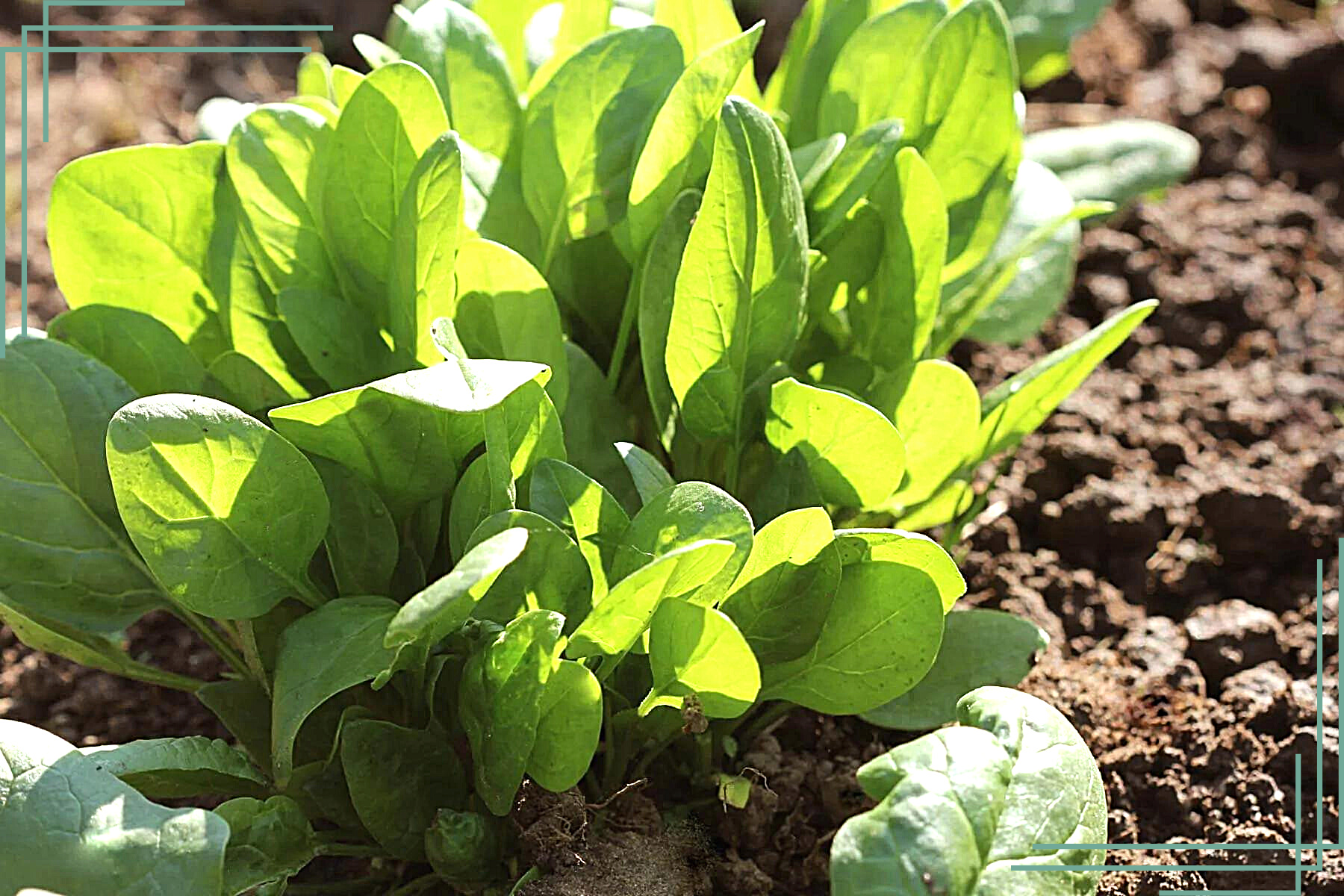Best Winter Crops

KEY TAKEAWAYS:
- Be sure to check your Planting/Hardiness Zone before you do anything - not all vegetables can survive the deep cold
- Some veggies make more sugars in the cold giving them their desired taste
- Do you research and be sure your vegetable doesn't require additional protection from the wind in the winter like a small greenhouse or cover
As always, the choice of what to plant depends largely on your location. Before starting your fall garden, make sure to check out our guide on determining your Hardiness Zone.
We got most of this list from our good friends over at https://bowtiedfarmer.com/. He is without a doubt one of my favorite people and he makes great honey too from his bee farms. If you are interested in DIY Farming or beekeeping, check him out.
With summer winding down and fall already upon us, I have to admit that I launched this website a bit late in the season and nearly missed sharing a winter crops list in time for fall planting. That said, I’m confident that many of you passionate gardeners and farmers are already ahead of the game.
If you’ve explored our previous guides, you know how important it is to plant and establish winter vegetables in late summer or early fall. Timing is crucial—make sure everything is in the ground well before the first frost and as the cool weather begins to set in.
Best Winter Crops: The Complete Guide
Check out our list of favorite cold hardy and semi-hardy winter crops. If you want to learn some fun facts about the plant you may want to grow, see below.
We plan on expanding on each one of these plants with dedicated pages in the future as well as putting together some guides on winter gardening tips so that you can grow your winter harvests.
But for now, we've provided just the basics so you can get started with some winter crops and winter gardening.
Cold Hardy Crops - 28°F Or Below
Semi-Hardy Crops - 28°F to 32°F Or Below
Semi-hardy crops can do well in cold temperatures but the extremes. Here's a list of plants we would call 'cold tolerant' but not cold loving.
Join our community!
Join to receive guides, insights, and the latest gardening deals!
